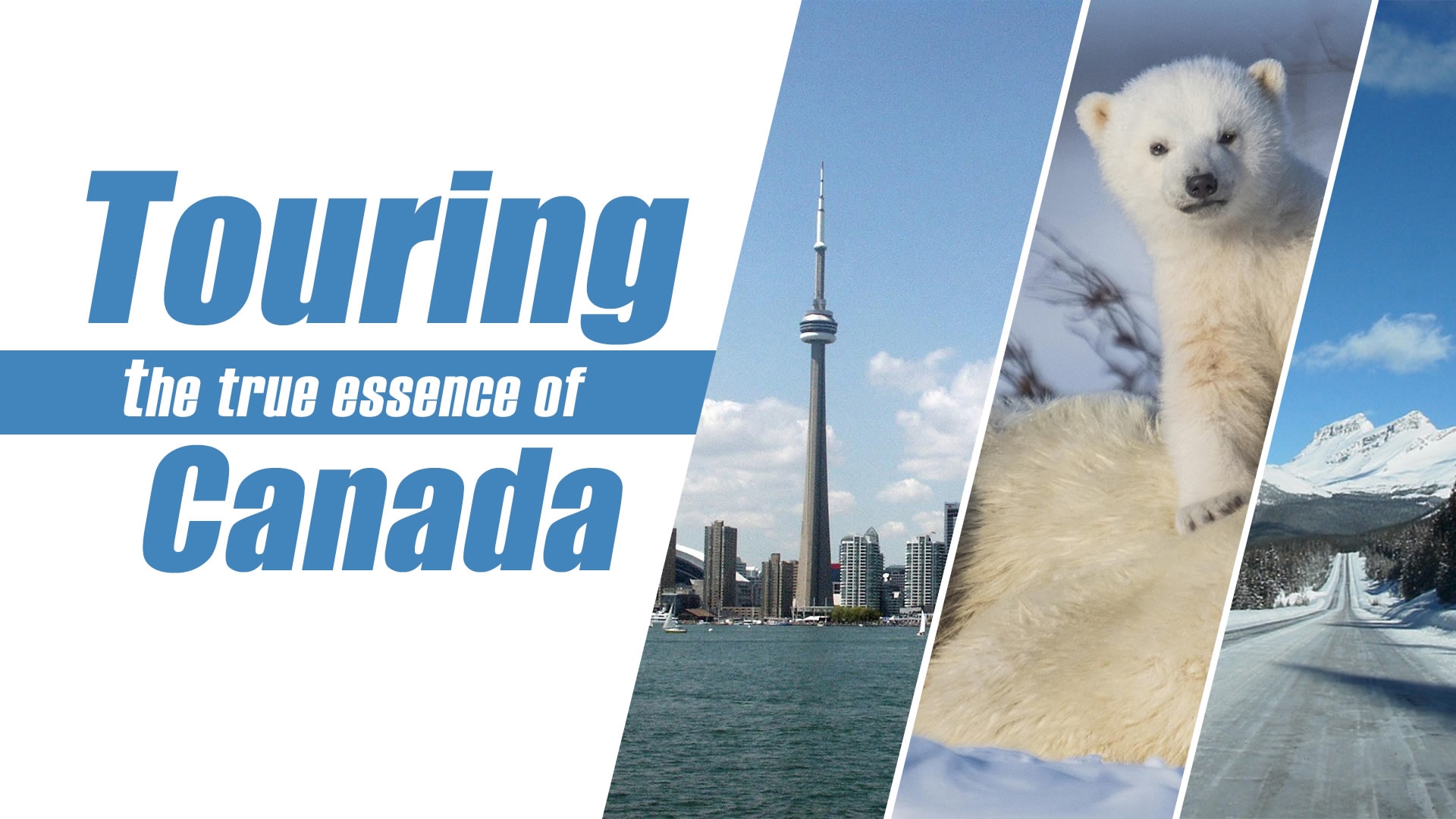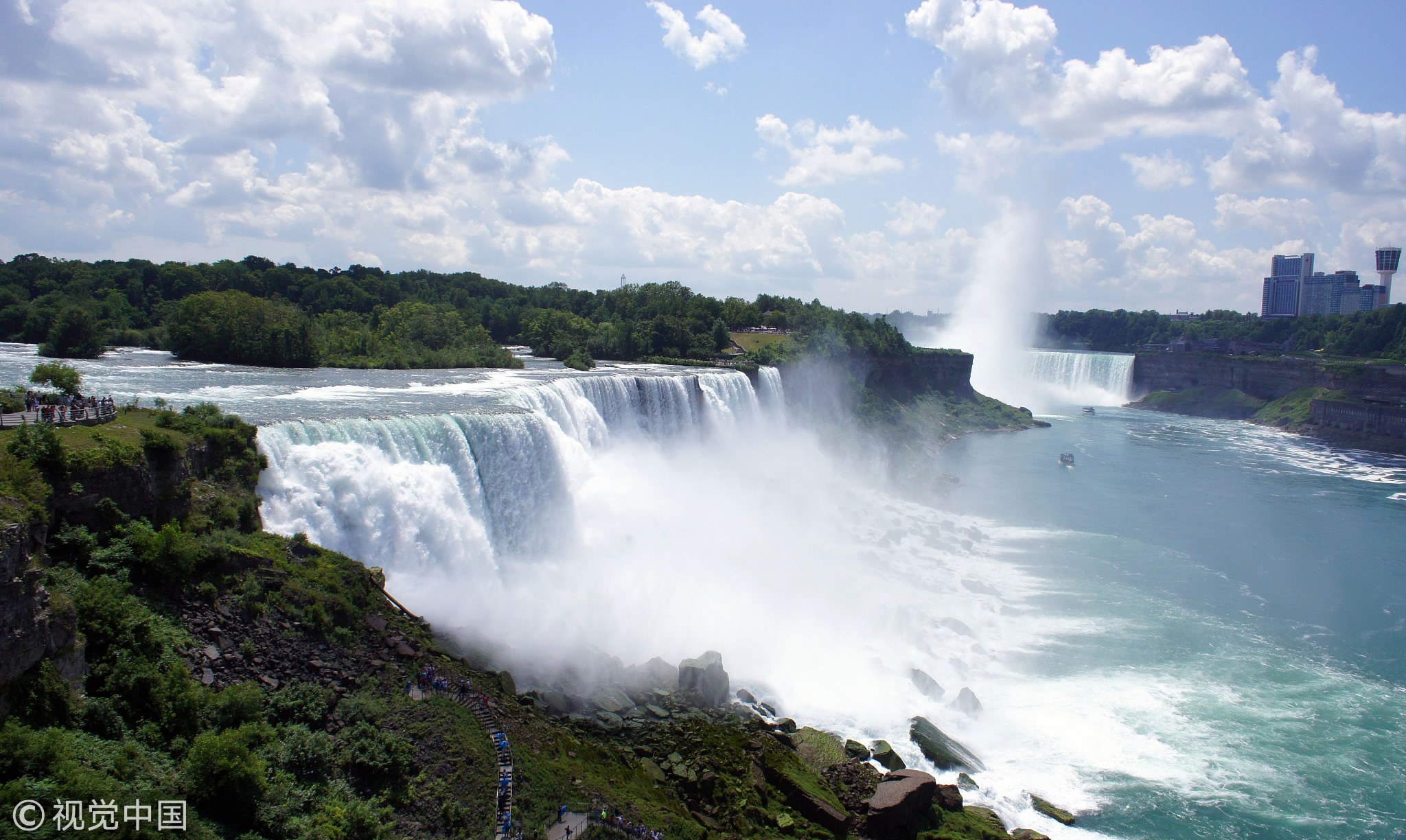"Measure yourself against the nature, go hiking in Canada's diverse landscapes."
The recommendation by Canadian Prime Minister Justin Trudeau during his trip to China last December truly revealed the ultimate fun of Canada tours. Its diverse landscapes was also one of the main reasons for it's top ranking on Lonely Planet's list of best destinations in 2017.

Canadian Prime Minister Justin Trudeau (Middle) talks with a panel of veteran Chinese travelers who are familiar with Canada on December 3, 2017. /Handout Photo
Canadian Prime Minister Justin Trudeau (Middle) talks with a panel of veteran Chinese travelers who are familiar with Canada on December 3, 2017. /Handout Photo
2018 marks the China-Canada Tourism Year and the number of Chinese tourists to the "maple leaf" country is expected to double as a series promotional events are taking place.
Covering an area of 9.98 million square meters, 44 percent of Canada's territory is covered by forests. From the icy Arctic glaciers, to the towering Canadian Rockies, and to the crystal clear Ontario Lake, Canada's landscapes is undoubtedly a gift by nature and a focal point for any itinerary for Canada.
A proper trip to Canada usually takes 13 to 15 days. If you want to have a more laid-back experience, it is best recommended that you travel twice – one trip each for the West and the East.
West Canada
The classic route starts from Vancouver and you can drive all the way to Jasper National Park and Banff National Park, before you conclude your journey in Calgary.

An aerial sunset view of Vancouver. /VCG Photo
An aerial sunset view of Vancouver. /VCG Photo
Vancouver is the nearest destination for a Chinese tourist. A direct flight usually takes 10.5 to 12 hours. So far, a total of 15 Chinese cities have opened direct flights to the city.

A view of Vancouver Rowing Club at Stanley Park that borders the downtown area of Vancouver. /VCG Photo
A view of Vancouver Rowing Club at Stanley Park that borders the downtown area of Vancouver. /VCG Photo
Stanley Park is the city's largest urban park which boasts beaches, trails, scenic seawall and family-friendly attractions.

Visitors walk across the famed Capilano Suspension Bridge. /VCG Photo
Visitors walk across the famed Capilano Suspension Bridge. /VCG Photo
In the north of the city lies the Capilano Suspension Bridge. The 137 meters-long bridge was built in 1889 and offers scenic views of the forest below.
You can rent a car in Vancouver and drive all the way up to the Jasper National Park, Banff National Park, Yoho National Park and Kootenay National Park. You don't have to cover them all, but Jasper and Banff are must-sees.
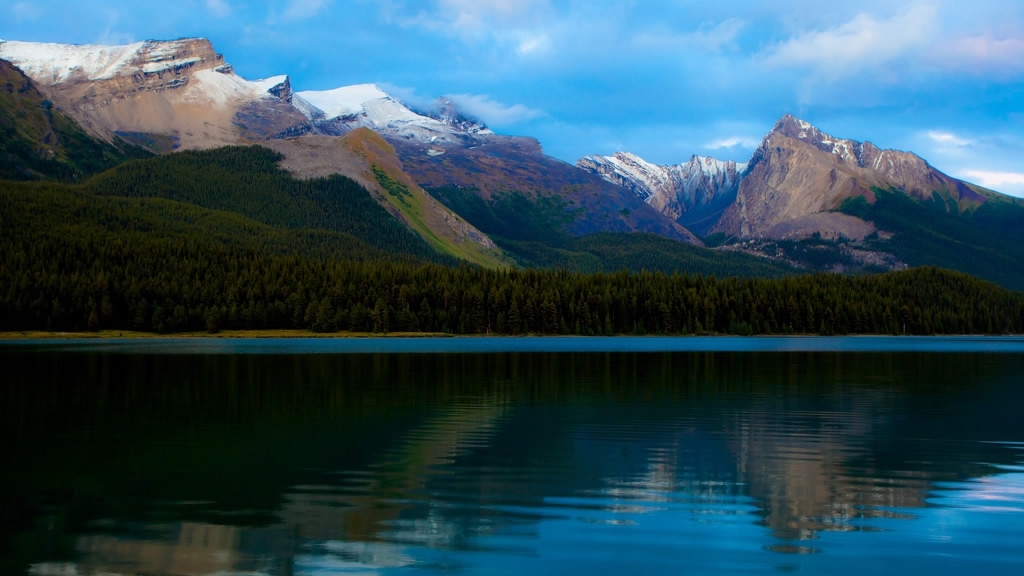
The Maligne Lake in the Jasper National Park. /Photo via flickr.com
The Maligne Lake in the Jasper National Park. /Photo via flickr.com
Jasper Park may be not as famous as Banff, but its snow-capped plateau, misty primeval forests and wild animals give the place a combination of mystery and beauty.

Icefields Parkway /Photo via freegreatpicture.com
Icefields Parkway /Photo via freegreatpicture.com
Driving down you'll pass the Columbia Icefield – one of the few ice fields reachable by car.
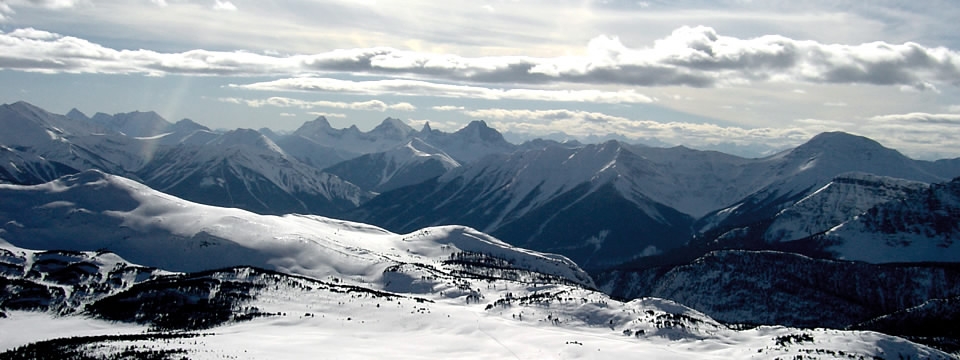
Banff National Park panorama /Photo via wikipedia.org
Banff National Park panorama /Photo via wikipedia.org
Then there's Banff which offers year-round activities and glacial lakes such as Lake Louise.
East Canada
The eastern part of the country showcases more of Canada's metropolitan side, with cities such as Toronto, Ottawa, Montreal and Quebec. But there are still some national parks that are worth sightseeing.
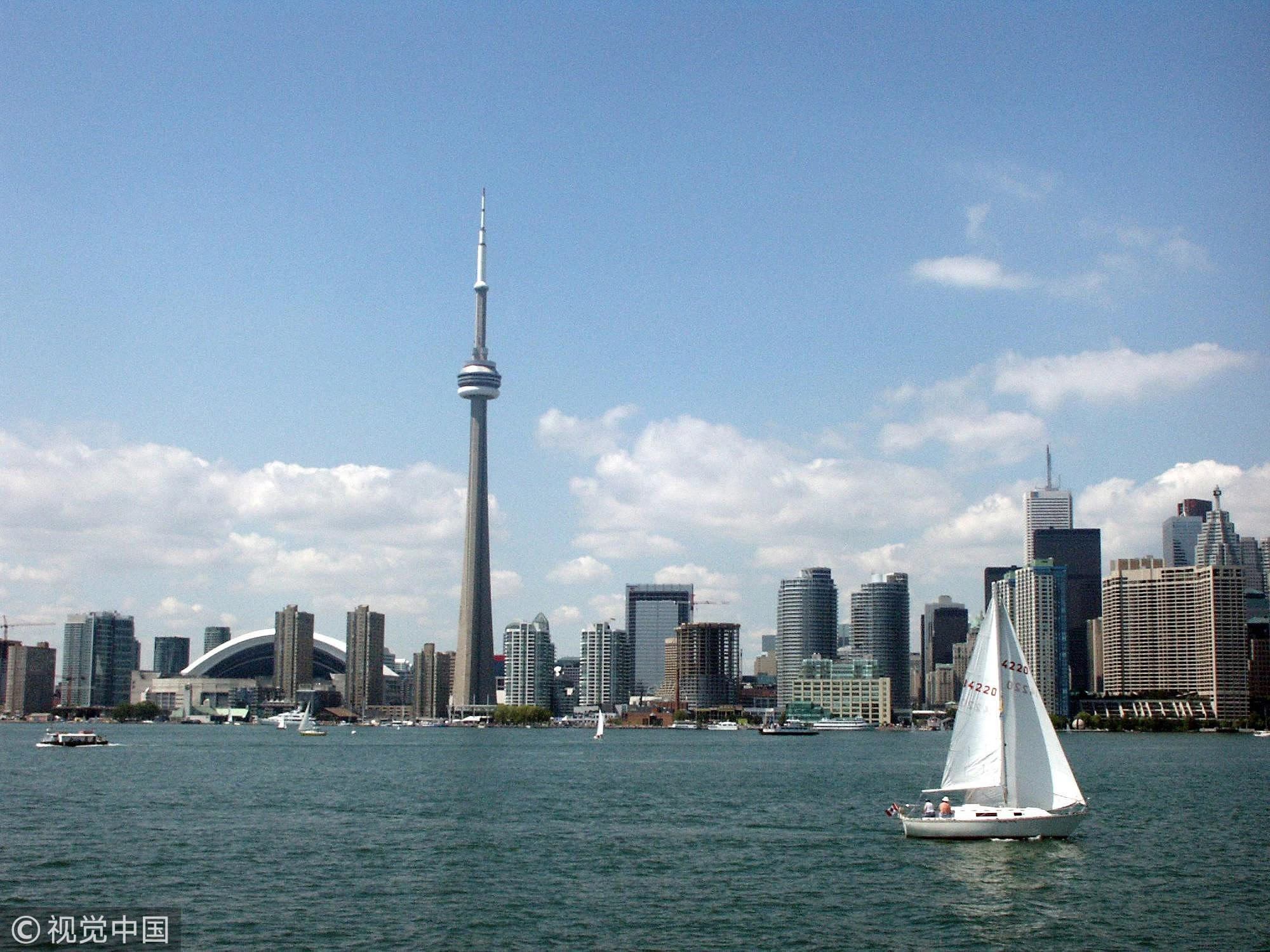
A sailboat drifts past the Toronto skyline. /VCG Photo
A sailboat drifts past the Toronto skyline. /VCG Photo
The CN Tower is the most iconic building in Toronto. It stretches 553 meters in length and has a glass floor and a revolving restaurant with panoramic views. But if you are a dedicated traveler, you'd find something quaint and exquisite in the city.
Of course, how can one miss the Niagara Falls? Located at the boundary of Canada and the US, the waterfalls are the largest of its kind in the world. The best time to mark your presence there is between May and October.
Then you can drive along the bank of Lake Ontario to Ottawa, where you can explore the Parliament Hill, Montreal, and Quebec.
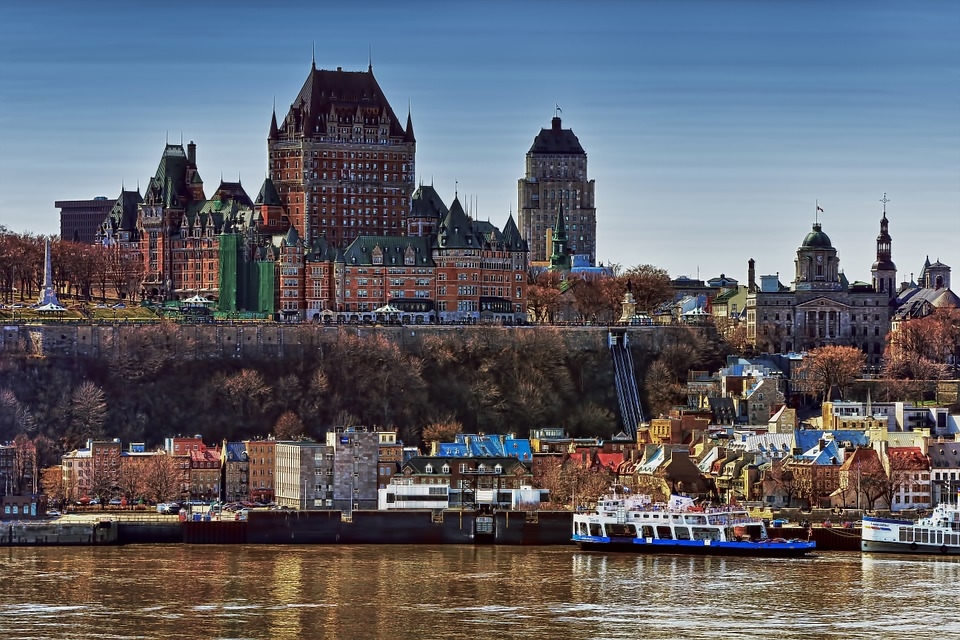
Quebec City /Photo via pixabay.com
Quebec City /Photo via pixabay.com
The French-speaking Quebec is an ancient city with a rich historical background. It was the first city in Canadian history and the only city with a city wall in North America. In Quebec, you can stroll the cobbled roads and roam among the castles built in the 17th century. You can also feast on authentic French meals there.
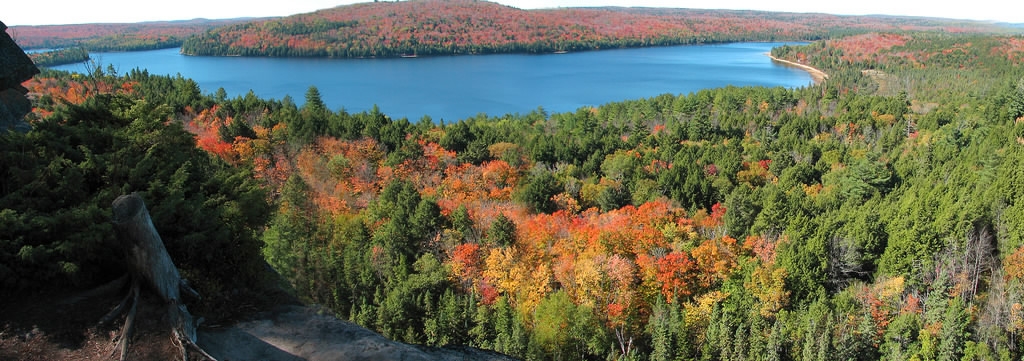
Algonquin Provincial Park /Photo via flickr.com
Algonquin Provincial Park /Photo via flickr.com
Canada has been given the nickname the "Maple Leaf Country" by Chinese people. Algonquin Provincial Park is the best to observe the country's national tree. And the view along the No. 60 road leading to Algonquin is breathtaking.
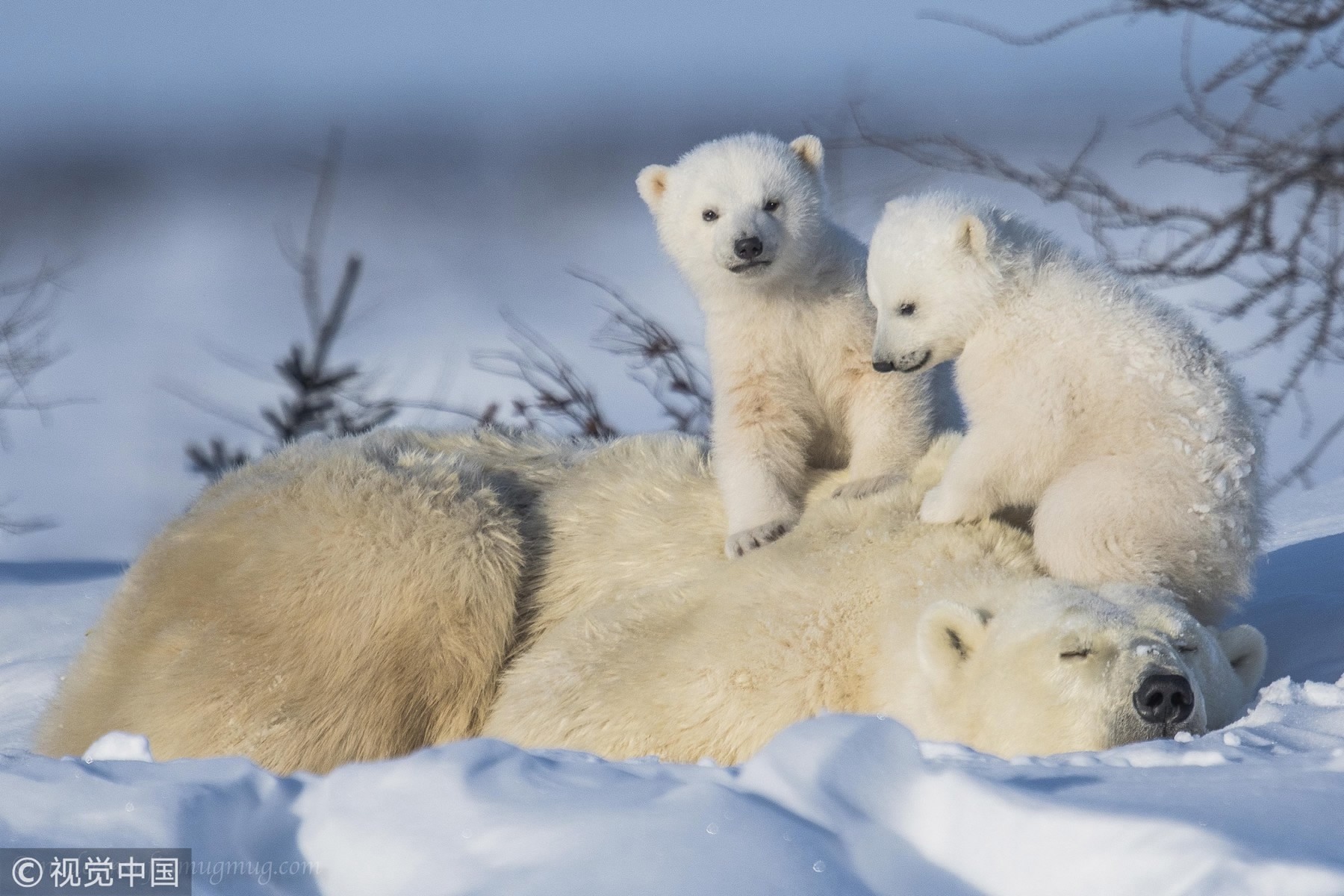
Polar bears at the Wapusk National Park /VCG Photo
Polar bears at the Wapusk National Park /VCG Photo
Last but not least is the Wapusk National Park. The highlight of this park is the adorable polar bears. It is one of the 17 habitation centers of polar bears in the world, so you can save your trip to the Arctic, unless you're considering an Aurora trip, then that's a different story.

